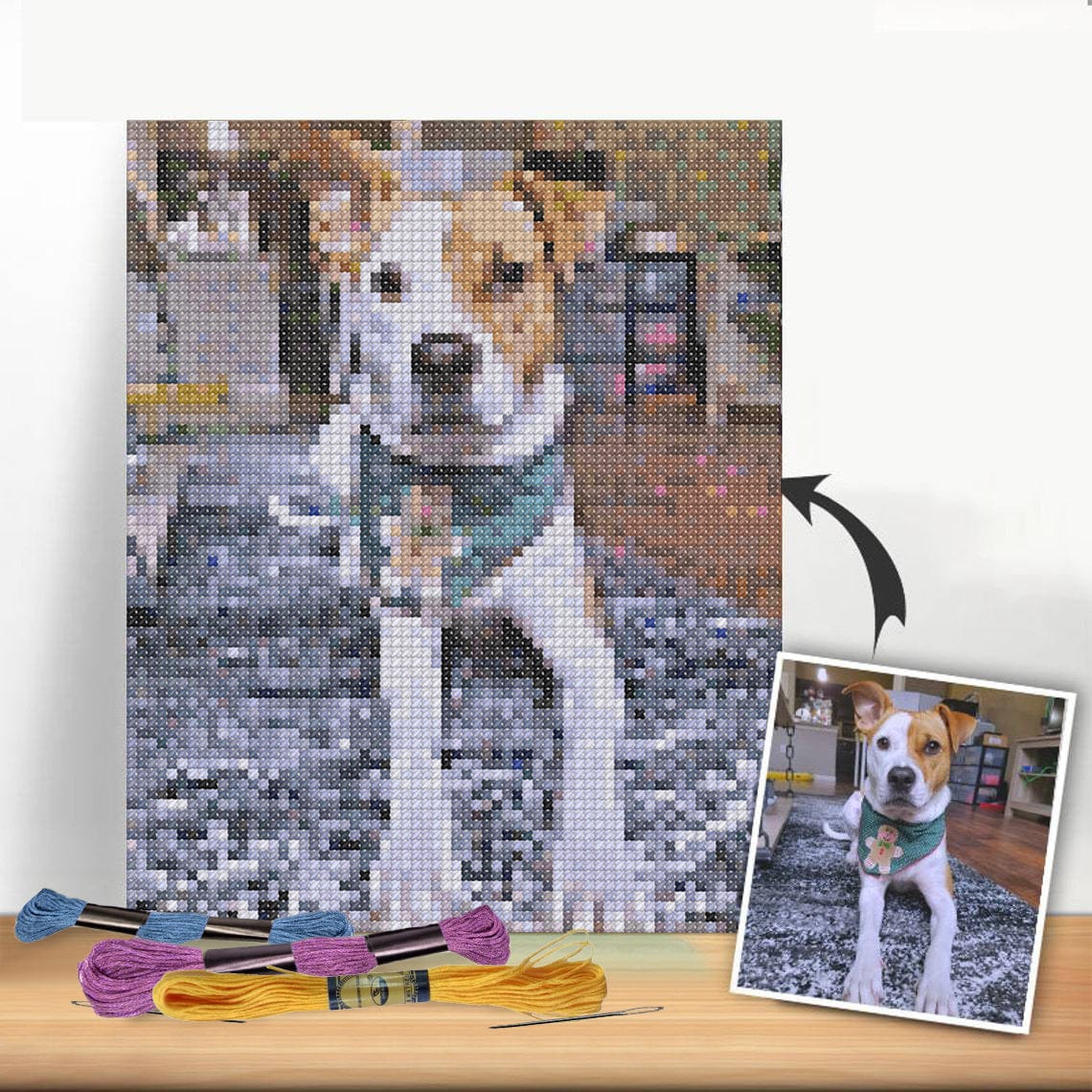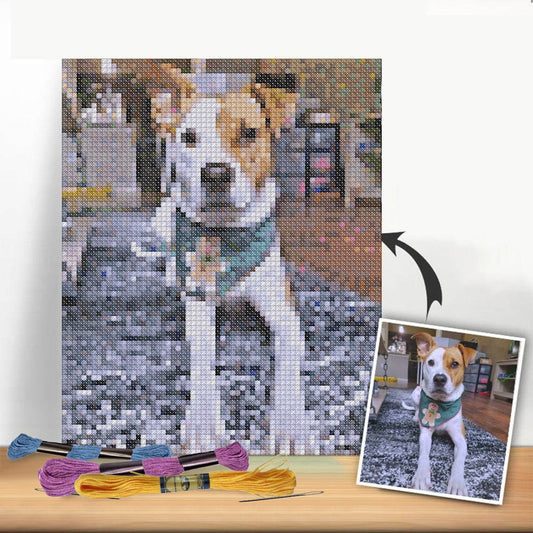Introduction
When it comes to cross-stitching, using linen fabric can be a game-changer. Linen is a natural fabric that is known for its durability and beautiful texture, making it the perfect canvas for intricate cross-stitch designs. In this beginner's guide, we will explore the art of cross-stitching on linen fabric and provide you with tips and techniques to help you master this timeless craft.
Choosing the Right Linen Fabric
When selecting linen fabric for your cross-stitch project, it is essential to consider the fabric count. Fabric count refers to the number of threads per inch in the fabric. The higher the fabric count, the smaller the stitches will be. A common fabric count for cross-stitching on linen is 28 count, but you can also find fabrics with counts ranging from 18 to 40.
Additionally, be sure to choose a neutral or light-colored linen fabric to make your stitches stand out. Avoid dark-colored fabrics, as they can make it challenging to see your stitches clearly.
Preparing Your Linen Fabric
Before you begin cross-stitching on linen, it is essential to prepare your fabric properly. Start by washing and ironing your fabric to remove any creases or dirt. If you are using a higher fabric count linen, you may also want to consider using a stabilizer to prevent the fabric from stretching or distorting as you stitch.
Choosing the Right Thread
When it comes to choosing thread for cross-stitching on linen, cotton or silk threads are the best options. Both cotton and silk threads are strong, durable, and come in a wide range of colors, making them perfect for creating detailed and vibrant cross-stitch designs on linen fabric.
Be sure to match the thickness of your thread to the fabric count of your linen. For example, if you are using a higher fabric count linen, you will want to use a thinner thread to ensure that your stitches do not overwhelm the fabric.
Cross-Stitching Techniques on Linen
Begin by threading your needle with your chosen thread and knotting the end. To start your cross-stitch, bring your needle up through the back of the fabric to the front, leaving a small tail at the back to secure the thread. Then, cross your needle diagonally to the opposite corner of the square and bring it back up through the fabric to create a cross stitch.
Continue stitching in this manner, following your pattern or design, and be sure to keep your stitches uniform in size and tension to create a polished look. As you become more comfortable with cross-stitching on linen, you can experiment with different stitch patterns and techniques to add depth and texture to your designs.
Finishing Your Cross-Stitch Project
Once you have completed your cross-stitch design on linen, it is essential to finish your project properly to preserve your work for years to come. Start by gently washing your linen fabric in cold water to remove any dirt or stains. Be sure to use a mild detergent and avoid scrubbing or wringing the fabric, as this can damage your stitches.
After washing, gently press your linen fabric with a hot iron to remove any wrinkles and restore the fabric to its original shape. Finally, consider framing your finished cross-stitch project to protect it from dust and damage and display your beautiful work for all to see.
Conclusion
Mastering the art of cross-stitching on linen fabric takes time, patience, and practice. By following the tips and techniques outlined in this beginner's guide, you can create stunning cross-stitch designs on natural fabrics that will be cherished for years to come. So pick up your needle and thread, and start stitching your way to a beautiful masterpiece on linen fabric today!




